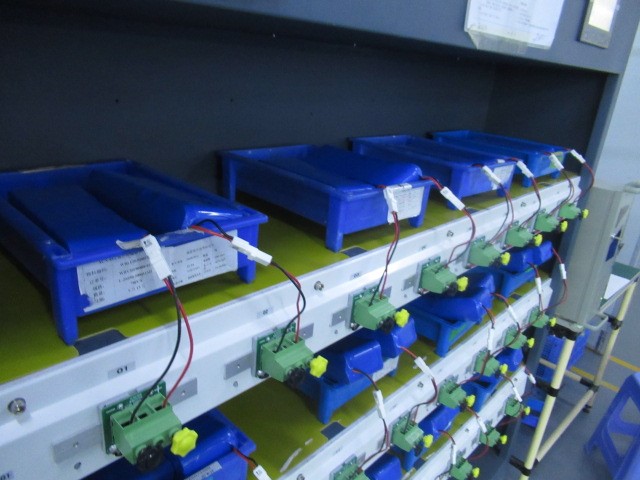
Inspection plays a crucial role in ensuring product quality and customer satisfaction. Two commonly used inspection methods are full inspection and sampling inspection. This article aims to explore the differences between these methods and provide guidance for customers on how to make an informed choice. We will analyze various factors, including economic considerations, efficiency, and effectiveness, to help customers understand the implications of their decision.
Contents
1.Definition and Overview:
Full Inspection: Full inspection involves examining each and every item in a batch or production run to determine its conformity to quality standards. It ensures that every product is thoroughly evaluated, leaving no room for potential defects.
Sampling Inspection: Sampling inspection involves examining a selected subset of items from a batch or production run. Statistical techniques are used to determine the sample size and select items for inspection. The results are then extrapolated to represent the entire batch.
2.Economic Considerations:
Full Inspection:
- Cost: Full inspection requires significant time, resources, and manpower to inspect each product individually. This can be costly, especially for large production batches.
- Risk Management: Full inspection minimizes the risk of defective products reaching customers, reducing the likelihood of costly recalls, returns, or warranty claims.
- Long-Term Cost Savings: While full inspection may incur higher upfront costs, it helps identify and address quality issues early, preventing potential losses in terms of reputation, customer loyalty, and market share.
Sampling Inspection:
- Cost: Sampling inspection is more cost-effective compared to full inspection since it requires fewer resources and less time.
- Risk Management: While sampling inspection does not guarantee the identification of all defects, it provides a reasonable assessment of the quality level, reducing the risk to an acceptable level.
- Trade-Off: Customers must weigh the potential cost savings of sampling inspection against the risks associated with potential defects slipping through the inspection process.
3.Efficiency Considerations:
Full Inspection:
- Thoroughness: Full inspection ensures that each product is meticulously inspected, leaving no room for oversight or undetected defects.
- Time Consumption: Full inspection is time-consuming, especially for large production batches, as every item needs to be individually examined.
- Ideal for Critical Applications: Full inspection is recommended when the consequences of defects are severe or when the products are intended for critical applications where quality is of utmost importance.
Sampling Inspection:
- Time Savings: Sampling inspection requires less time compared to full inspection since only a subset of items needs to be inspected.
- Increased Efficiency: By inspecting a smaller sample, the inspection process can be completed more quickly, allowing for faster product turnaround and reduced time-to-market.
- Applicability: Sampling inspection is suitable for situations where the inspection results can be extrapolated to the entire batch with a reasonable level of confidence.
4.Effectiveness Considerations:
Full Inspection:
- High Detection Rate: Full inspection offers a higher probability of detecting defects due to its comprehensive nature, resulting in a higher overall product quality.
- Reduced Consumer Risk: With every item inspected, the risk of delivering defective products to customers is significantly minimized.
- Quality Assurance: Full inspection serves as a quality control measure, ensuring adherence to established standards and specifications.
Sampling Inspection:
- Statistical Validity: Sampling inspection, when performed correctly, can provide statistically valid results that accurately represent the quality level of the entire batch.
- Acceptable Quality Level (AQL): Sampling inspection is designed to identify defects above a predetermined AQL. This helps maintain a consistent quality level while allowing for some level of tolerance for defects.
- Cost-Effectiveness: Sampling inspection strikes a balance between ensuring acceptable quality and minimizing inspection costs.
Choosing between full inspection and sampling inspection requires careful consideration of economic factors, efficiency requirements, and desired levels of effectiveness. Full inspection offers thoroughness and a higher detection rate but comes with increased costs and time consumption. On the other hand, sampling inspection provides cost savings and efficiency benefits but carries the risk of potentially missing defects. Ultimately, customers should evaluate their specific needs, risk tolerance, and quality requirements to make an informed decision that aligns with their business goals.




